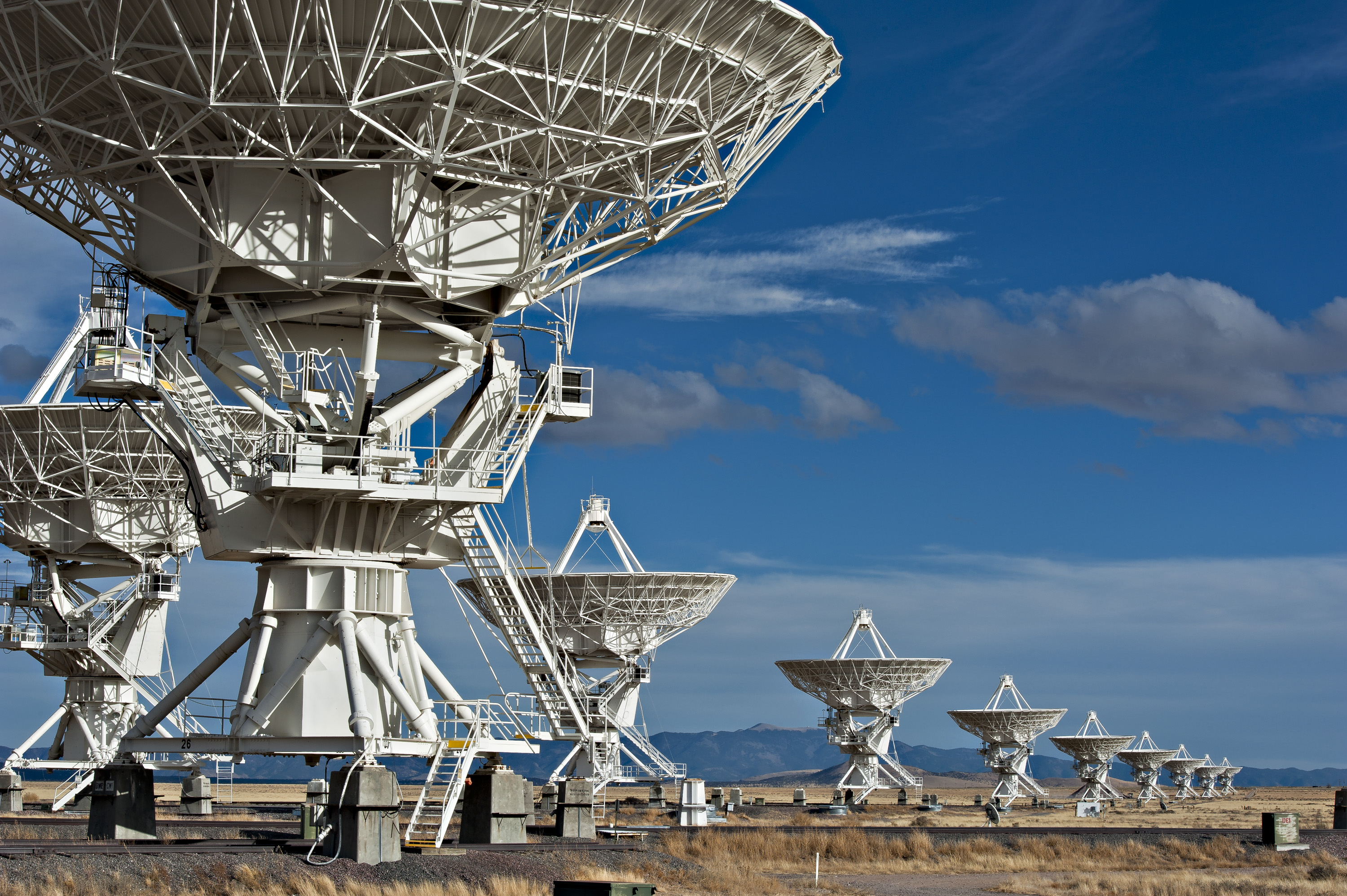The Light of a Quasar Revealed This Distant Galaxy’s Magnetic Field
Credit to Author: Jacob Dubé| Date: Mon, 28 Aug 2017 15:00:00 +0000
We know that celestial bodies like the Sun and the Earth have magnetic fields—ours protects us from solar flares and radiation, which could have very quickly ended life on the planet. Galaxies, including our Milky Way, have their own magnetic fields as well. Now scientists have found that these magnetic fields appear much earlier in a galaxy’s evolution than expected—which could one day help us understand how and where life in space emerges—by observing the magnetic field of a distant galaxy through the light of a giant burning disc of gas.
In a new study, published Monday in Nature Astronomy, scientists observed a galaxy five billion years younger than the Milky Way, but with a very similar magnetic field. It’s being called a “record-breaking” finding in that it’s the most distant galaxy in which a magnetic field like this has been seen. According to co-author Bryan Gaensler, director of the Dunlap Institute for Astronomy & Astrophysics at the University of Toronto, the findings suggest that magnetic fields form more quickly and earlier than previously expected.
Gaensler and his team, led by Sui Ann Mao, Minerva Research Group leader at the Max Planck Institute for Radio Astronomy, wanted to observe a younger galaxy to study how early magnetic fields form and mature. Because the light projected by distant galaxies takes billions of years to reach Earth, astronomers can observe past images of the celestial bodies for research. In other words, looking very far out into space is like looking back in time.
Gaensler told me he was surprised that the galaxy’s magnetic field was so similar to our own, despite being billions of years younger.
Read More: This Supermassive Black Hole Blasts 125 Million Miles-Per-Hour Winds
“Suppose there’s a very tall tree, and you want to go back in time to see it when it was shorter. So you go back a couple hundred years and, to your surprise, the tree is still the same height as it is now,” Gaensler said in a phone interview.
Magnetic fields can’t be identified on their own, which makes this kind of research challenging. The oscillations of a magnetic field can be seen in light that passes through it, which, according to Gaensler, causes a distortion in the light. This is known as Faraday Rotation.
“Even if we knew this galaxy was there and we knew to look at it, we’d really have no way to measure its magnetic field,” Gaensler said.
Gaensler and his team planned for that. They chose an unnamed galaxy with a quasar, called Class B1152+199, behind it—these discs of hot gas, which surround black holes, happen to be the brightest objects in the universe—so they could see the distortion and measure its magnetic field.

Finding and measuring the early formations of a magnetic field can, according to Gaensler, help scientists figure out how the fields are formed in the first place. Without magnetic fields, the fried-egg shape of most galaxies—flat on the outskirts with a big bulge in the middle—would collapse on itself, not to mention that life as we know it couldn’t exist, as we’d be living on a desolate radioactive wasteland whipped by solar flares.
“Stars and planets are born with magnetism, the initial magnetism formed from the magnetism of the galaxy. If you didn’t have a magnetic galaxy, you wouldn’t have magnetic stars and you wouldn’t have magnetic planets,” Gaensler said.
Where magnetic fields come from or how they’re created is still a mystery. But there are some theories. The favourite, according to Gaensler, is that magnetic fields are created through a dynamo—the idea that as the galaxy winds and spins, it generates stronger magnetic fields, similar to how Earth developed its own magnetic field through the movement of its outer core. But there’s no consensus on what these galactic dynamos are made of—whether it’s supernova explosions, interstellar gas, or just the galaxies themselves. Where the first little bit of magnetism originates from before it grows into a field is also up for debate.
“It’s like looking at a whole array of power outlets and wondering which one is the right one to plug into,” Gaensler said.
For now, Gaensler and his team are planning on looking for a galaxy even younger than the first one to study their formations, which he said is important in understanding what it takes for life to form in space.
“Before we can start asking the question of whether there’s life out there, we need to understand how often planets are magnetic, and how magnetism is generated and how we can measure it,” Gaensler said. “Understanding where magnetism comes from is part of understanding the ingredients that go into life throughout the universe.”
Get six of our favorite Motherboard stories every day by signing up for our newsletter.